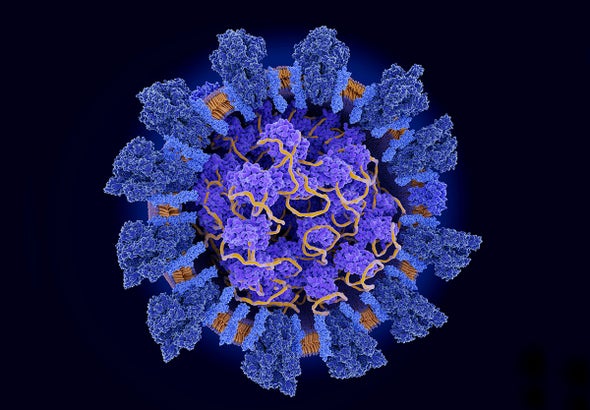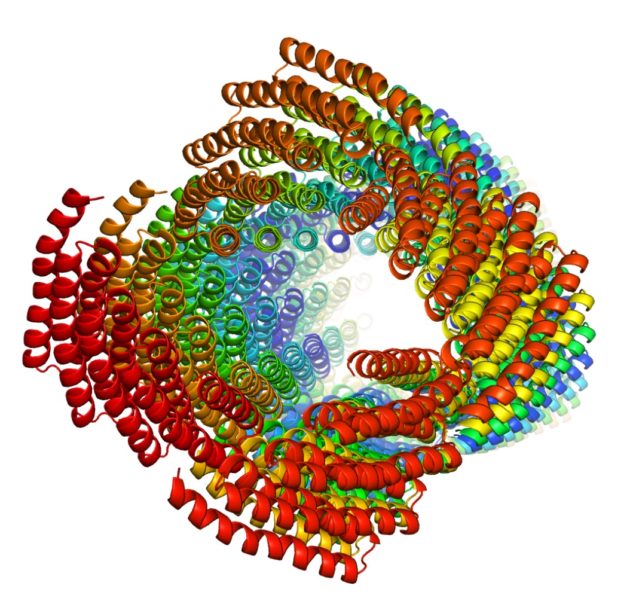
Researchers at the Institute for Protein Design are developing synthetic peptides that mimic human antibodies for COVID-19 which could be cheaper and easier to produce.
A recent publication from the Institute for Protein Design, located in the MolES building, describes a nanoparticle platform developed for a respiratory syncytial virus study that will also be applied to vaccine research on flu, HIV, and more. Seattle startup Icosavax will advance related clinical trials.

Hao Shen, a molecular engineering PhD candidate in the lab of biochemistry Professor David Baker, was a lead author of a study published in Science describing the creation of self-assembling protein filaments from scratch. The filaments were built from identical protein subunits that snap together spontaneously to form long, helical, thread-like structures which could be used to create new materials for a range of applications, from diagnostics to nano-electronics. Learn more in a related Geekwire story!
By Leila Gray, UW Health Sciences/UW Medicine
November 29, 2012
By following certain rules, scientists can prepare architectural plans for building ideal protein molecules not found in the real world. Based on these computer renditions, previously non-existent proteins can be produced from scratch in the lab. The principles to make this happen appear this month in Nature magazine.
The lead authors are Nobuyasu Koga and Rie Tatsumi-Koga, a husband-and-wife scientific team in David Baker's lab at the UW Protein Design Institute. Read More